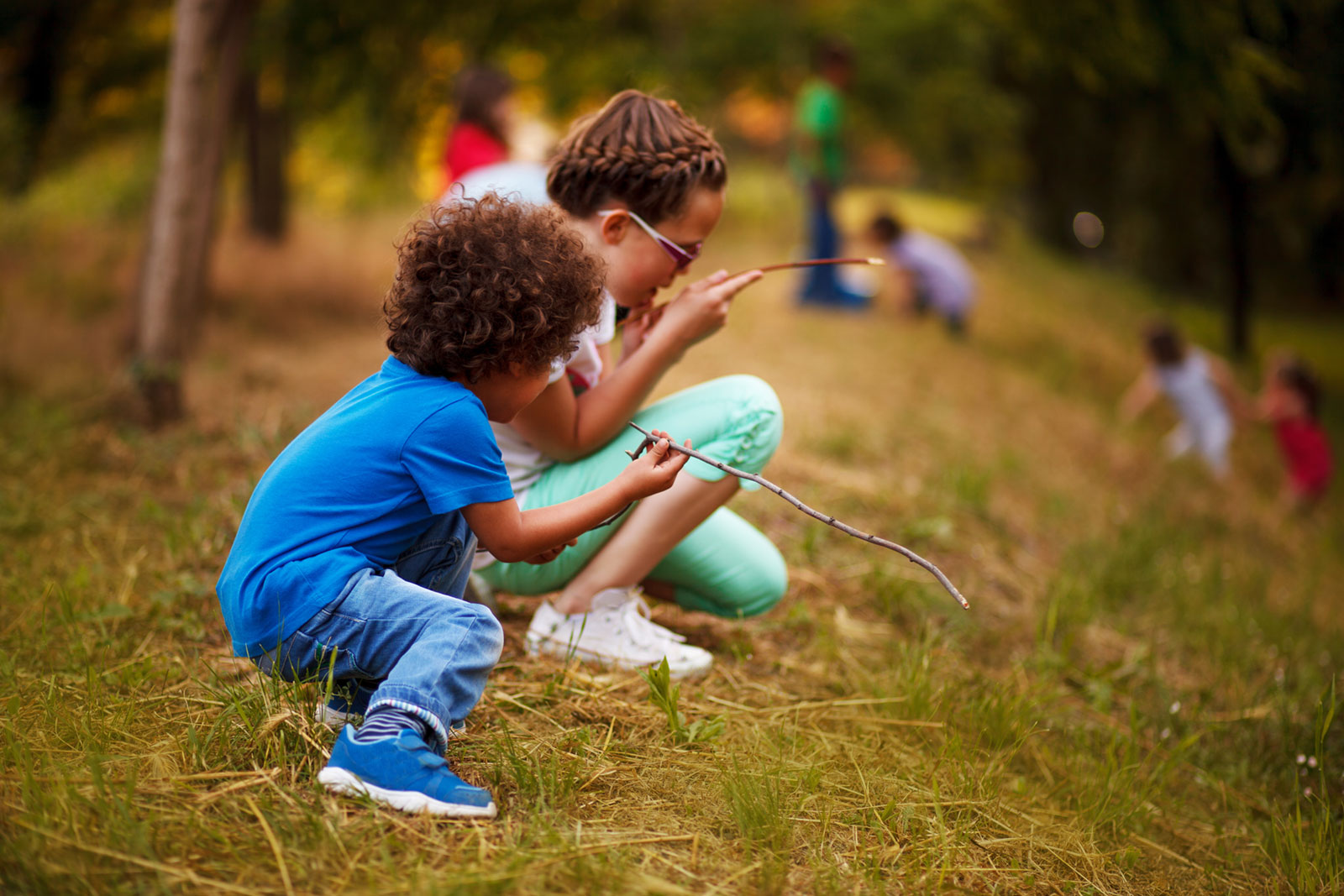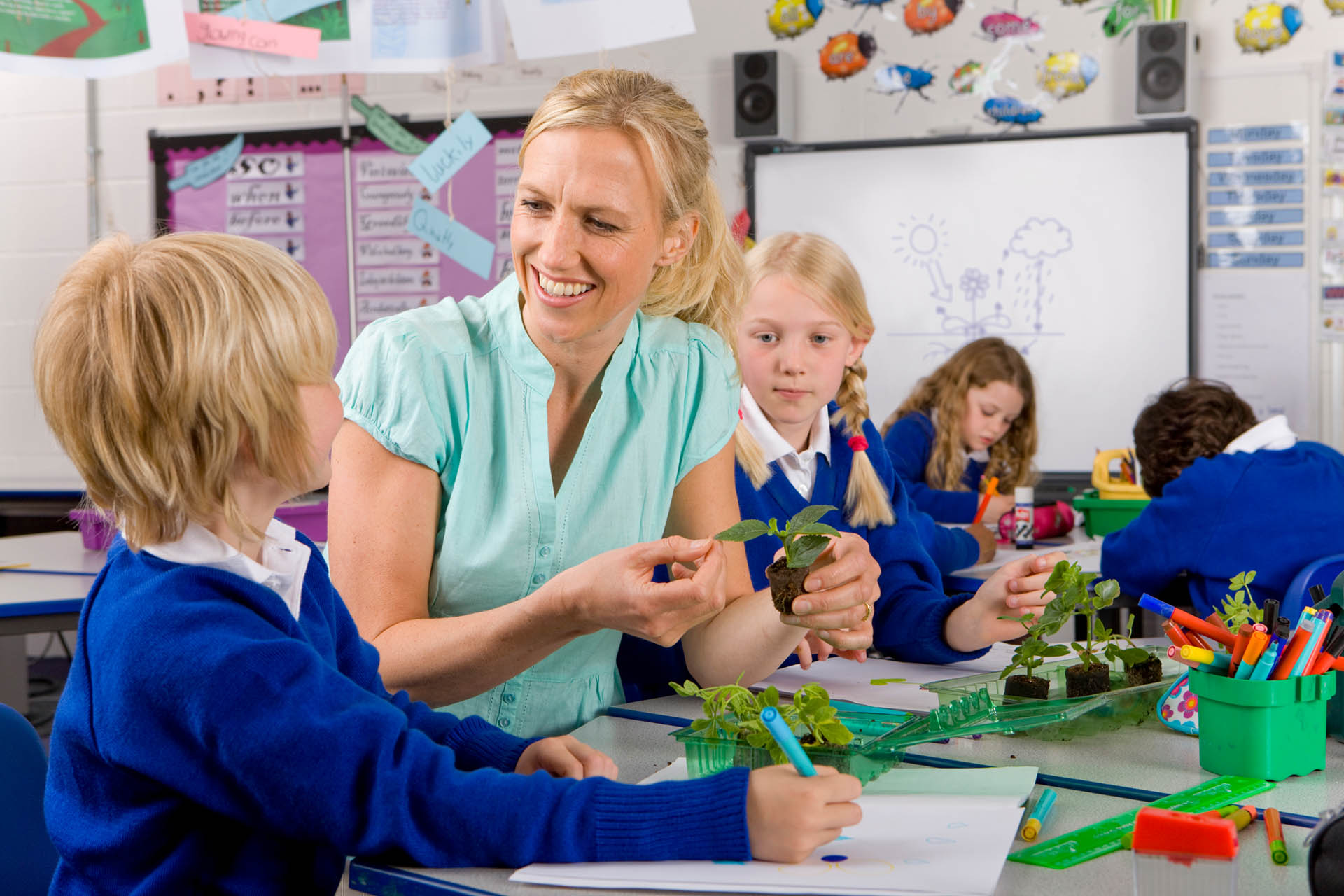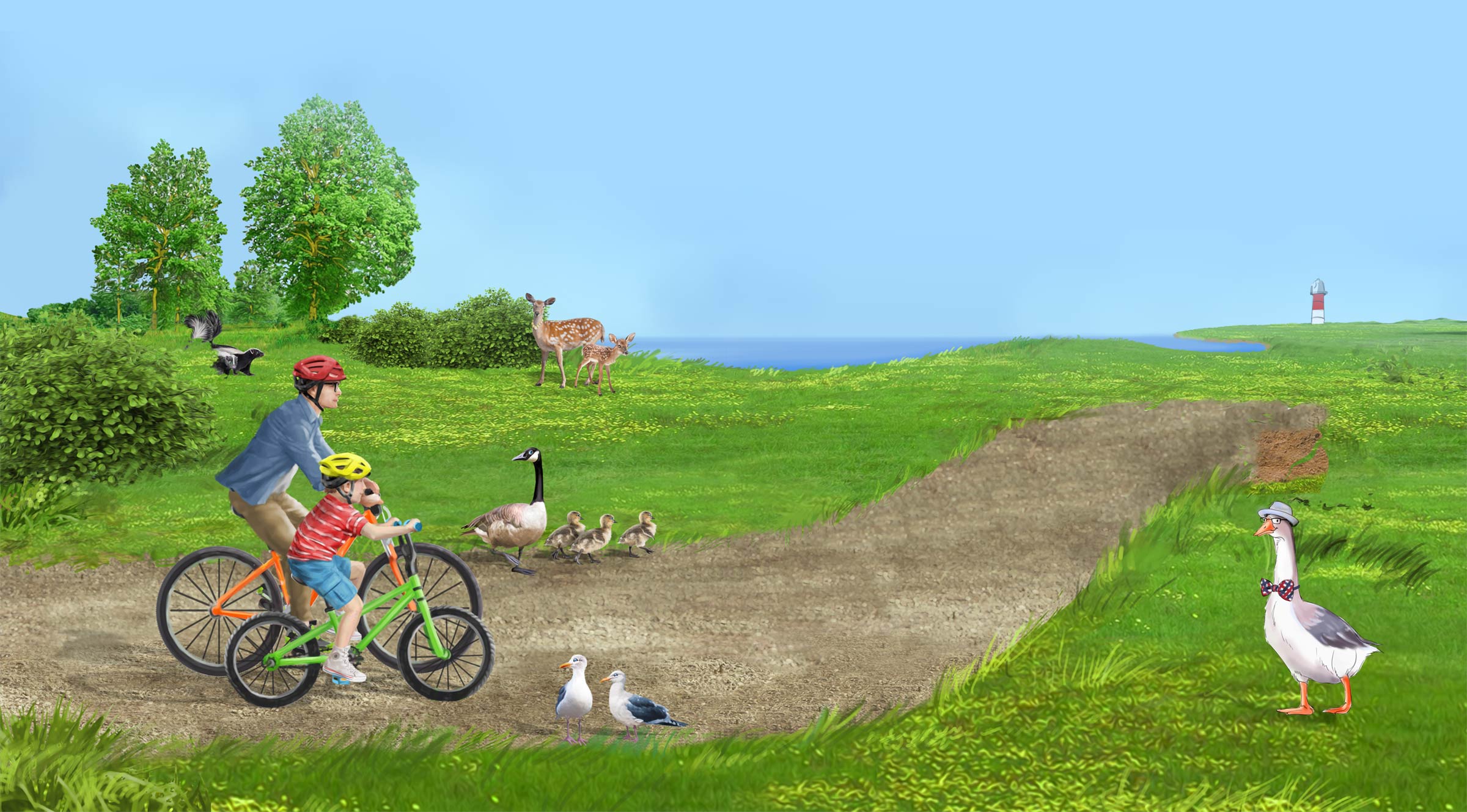Hello there, nature enthusiasts! Nelson Goose here, ready to take you on a journey through the flourishing world of forest schools. These unique educational settings are sprouting up across the globe, transforming how children learn and interact with the natural world. It all began in Sweden, and now the movement is creating waves worldwide. Let’s dive into the heart of this green revolution and explore its impact on our planet and our children’s development.
The Birth of Forest Schools
The concept of forest schools originated in Sweden in the 1950s. Educators saw the immense value of outdoor learning and began incorporating nature into their teaching methods. The idea was simple yet powerful: children learn best through hands-on experiences in natural settings. This approach soon spread to Denmark, where it became an integral part of early childhood education, and from there, it continued to grow.
The Global Spread of Forest Schools
Fast-forward to today, forest schools have taken root across the globe. Educators are embracing the outdoor classroom from Europe to North America, Asia to Australia. Each region adapts the concept to fit its unique environment, but the core principles remain the same: immersive, nature-based learning that fosters holistic development.
The Benefits of Forest Schools
So, what makes forest schools so special? Let’s explore the myriad benefits they offer:
Physical Health and Well-Being
Children in forest schools are constantly on the move, engaging in physical activities that build strength, coordination, and endurance. They climb trees, build shelters, and explore diverse terrains, contributing to their physical fitness and health.
Mental and Emotional Well-Being
The natural environment has a soothing effect on the mind. Forest schools provide children with a tranquil setting that reduces stress and anxiety, boosts mood, and enhances emotional resilience. The freedom to explore and the sensory-rich experiences help develop mindfulness and emotional intelligence.
Enhanced Cognitive Development
Learning in a forest school is dynamic and hands-on. Children engage in problem-solving, critical thinking, and decision-making activities that stimulate cognitive development. They learn about ecosystems, biodiversity, and sustainability in an engaging and meaningful way.
Social Skills and Teamwork
Forest schools foster a sense of community and collaboration. Children work together on various projects, from building structures to creating art with natural materials. These activities promote teamwork, communication, and social skills, essential for personal and academic growth.
Creativity and Imagination
Nature is the ultimate playground for the imagination. In forest schools, children use their creativity to transform sticks into magic wands, leaves into fairy wings, and logs into pirate ships. This unstructured play encourages creative thinking and innovation.
Environmental Stewardship
Forest schools instill deep respect and love for the environment by immersing children in nature from a young age. Children learn about the importance of conservation and sustainability, developing into environmentally conscious individuals who are more likely to protect and care for the planet.
The Impact on the World
The rise of forest schools is more than just an educational trend; it’s a movement with far-reaching implications for our world. Here’s how:
Promoting Sustainability
Forest schools teach the next generation about the importance of sustainable living. By understanding and appreciating nature, children are more likely to adopt eco-friendly habits and advocate for environmental protection.
Reducing Screen Time
Forest schools offer a much-needed alternative in an age where children are increasingly glued to screens. They provide a healthy balance by encouraging outdoor play and reducing reliance on digital devices.
Supporting Biodiversity
Forest schools often involve planting trees and maintaining gardens, contributing to local biodiversity. These efforts help create habitats for wildlife and promote a healthier ecosystem.
Strengthening Communities
Forest schools bring communities together. Parents, educators, and local organizations collaborate to create enriching outdoor experiences for children. This sense of community support strengthens social bonds and fosters a collective commitment to environmental stewardship.
Conclusion
From its humble beginnings in Sweden, the forest school movement has grown into a global phenomenon, transforming education and significantly impacting children’s development and the world. Forest schools nurture well-rounded, resilient, and environmentally conscious individuals by fostering physical health, mental well-being, cognitive growth, social skills, creativity, and environmental stewardship.
As we continue to embrace and expand these green learning environments, we are enriching our children’s lives and paving the way for a more sustainable and harmonious future. So, let’s celebrate this global trend and continue to support the growth of forest schools, nurturing the next generation of nature-loving, planet-protecting adventurers.
Until next time, keep exploring, stay curious, and remember: the best classroom has no walls!
Happy adventuring, everyone!






